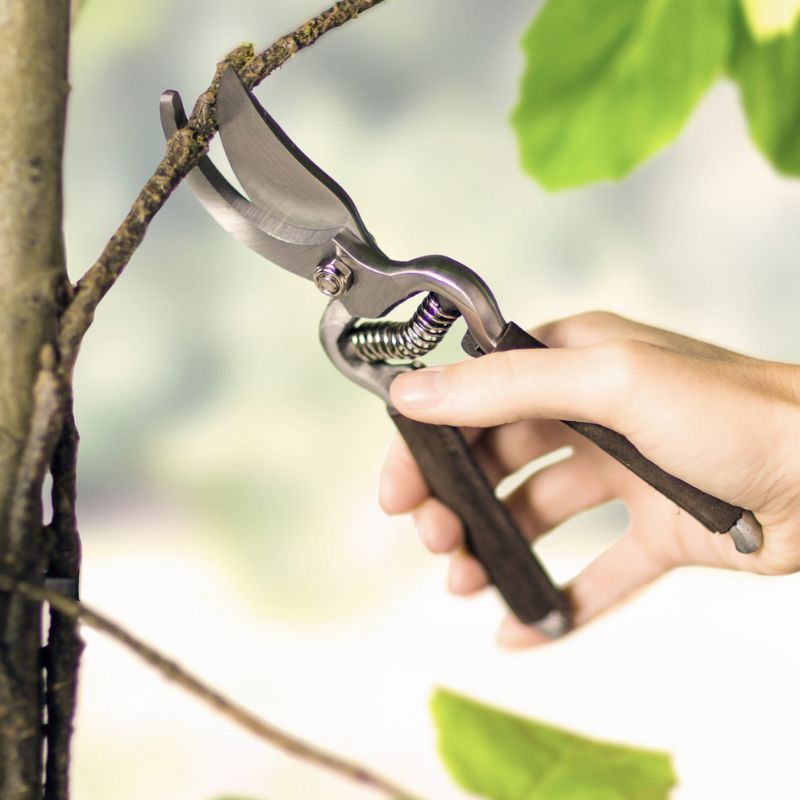Sowing Wildflower Seeds | When and How to Sow
Growing wildflowers comes with many benefits as the flowers feed the bees and other pollinators, and they create an impressive display in any garden or community space.
There is no doubt that they bring us closer to nature, and promote our well being because ... doing good feels good!

When to sow wildflower seeds in Ireland?
There are two windows of opportunity during the year for sowing wildflower seeds in Ireland; Spring (March - June) and Autumn when soil temperatures are 6-10 degrees Celsius.
If sowing in Autumn, be aware that soil temperatures must remain above 6 degrees for two weeks post sowing. Annual wildflower seeds sown in Autumn can flower up to 5 weeks earlier the following summer and generally produce more flowers than those sown in spring.
How to establish wildflowers from seed?
There are three steps required for the successful establishment of wildflowers;
- Seedbed preparation
- Sowing the wildflower seeds
- Maintaining wildflowers
Before we get to the 'how to plant wildflower seeds?', there is some preparation required in advance of sowing.

How to prepare the ground for sowing wildflower seeds?
Prepare a stale seedbed as far in advance of sowing as possible. A stale or false seedbed is a weed management practice whereby a seedbed is created a number of weeks before sowing, allowing weed seeds just below the soil surface to germinate. The young weeds can then be eradicated before sowing your seed.
A well-prepared seed bed, free of weeds, grass and other plants can optimise germination, survival rate and will determine the success of your wildflowers.
- Begin the process by removing grass, weeds and any other plants from the area you plan to sow.
- Loosen, or lightly turn the soil over to a depth of about 4 inches.
- Level the soil off with a rake or harrow and compact the soil using a roller or walking all over. This will increase germination.
- When the weeds and grass has germinated the young plants (weeds/grass) should be eradicated.
- Carry out this process 1-3 times depending on the rate of unwanted plants.
Creating a seedbed free of grass, weeds and other plants will ensure your wildflowers don't need to compete for space, moisture and sunlight.

How to sow wildflower seeds outdoors?
- Firstly, rake the soil creating a fine, crumbly texture of the soil.
- TOP TIP: For ease of sowing and the help ensure a more even broadcast, divide the area into several sections (e.g. 10 sections), and then divide the seed into the same amount of containers (e.g. 10 cups). Then, mix a carrier such as Ready Brek or horticulture sand into the containers with the wildlfower seed.
- Scatter each container of seed over each section.
- Create good seed to soil contact by pressing the seed into the soil by walking over the area or using a roller. Or lightly rake the soil, careful not to bury the seeds too deep, the seeds should be covered to a depth no deeper than 1mm.
- Water the seeds lightly making sure not to wash the seeds away, continue to water during dry weather.
How to maintain a wildflower meadow or garden?
There is very little maintenance involved with wildflowers, however getting the maintenance that is required correct will let you enjoy the native wildflowers for years to come.
- While your wildflowers are establishing, remove weeds by hand. Careful not to remove any of the wildflower plants though! Charlock, Oilseed Rape and Wild Mustard are tall yellow flowers that should be removed by hand once identified.
- In Autumn, when your wildflowers have finished flowering, cut the meadow or wildflower area back to about 7cm in height, this will give new and existing plants better access to light. Removing the cuttings
- Then remove the cuttings, this will ensure the new and existing plants are not smothered out and will also help keep the soil fertility low.
What is Yellow Rattle?
Yellow Rattle is known as 'the meadow maker' or 'nature's lawnmower'.
Does Yellow Rattle reduce grass growth in a meaodw?
Yes, Yellow Rattle is an Annual wildflower that acts as a parasite to grass, it attaches itself to the roots of the grass to suppress the grass growth throughout your wildflower meadow.
How to use Yellow Rattle?
- After cutting your meadow back in Autumn, remove the cuttings, exposing bare soil.
- Use a rake to loosen the soil in areas where the grass is more dominant.
- Drop pinches of the yellow rattle seed onto the bare soil. Over the winter the Yellow rattle will vernalise and establish a plant in Spring, supressing grass growth.
Click here to view our most popular wildlfower seed mixtures















